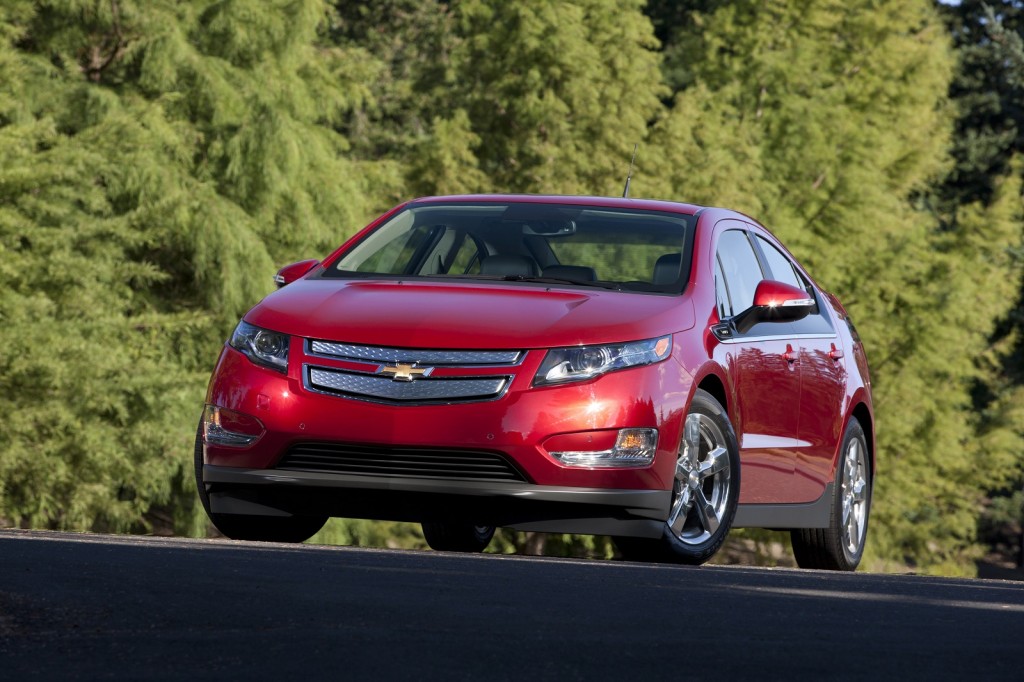Chevrolet's range-extended electric vehicle, the Volt, has been on sale for more than three years now.
Its sales of 58,000 units so far are still small compared to more conventional vehicles, but many people will have seen one on the road by now--and seen TV ads or information on the internet.
Even so, GM is still figuring out the best way to raise consumer awareness of the car--a vehicle that many drivers still don't really understand.
Speaking to CNET (via Charged EVs), Chevy admits that the Volt's drivetrain setup may still be a little confusing to drivers used to a choice regular vehicles or standard hybrids.
Rather than using conventional gasoline power, or gasoline power with electric assistance as you'd find in a regular hybrid, the Volt is powered mainly by electricity--but a gasoline engine is there to boost range, or add additional power under certain circumstances.
Chevy says that customers not explicitly in the market for an alternative-fuel vehicle may not have given the Volt's powertrain, nor its benefits, much thought.
And when many consumers aren't aware of the benefits of regular hybrids, or electric vehicles, educating them on a more complex system like that of the Volt can be problematic.
Casual buyers looking to reduce their gas bills may be deterred, too, when the gas mileage numbers of conventional hybrids or diesel vehicles are so easy to understand. Toyota, it says, has better brand awareness in places like California, where the Prius has sold strongly for over a decade.
For Chevrolet, putting all those benefits into the average 30-second commercial has proven difficult, even if greater detail is available on the company's website.
Still, there are always ways of better explaining the benefits of driving a Volt, and Chevy has discovered the car's range between fill-ups is one such avenue.

2014 Chevrolet Volt
"One of our key messages is that our owners...on average, go 900 miles between each fill-up", Volt Marketing Manager Dora Norwicki told CNET.
That's not because the Volt will do 900 miles on a tank of gas, but because owners use the car's electric range for a great proportion of their daily driving. That more than offsets the Volt's small 9-gallon tank, too.
We've known for a few years that Volt owners are getting the full benefits of their vehicles--with almost two thirds of the cars' mileage accomplished on electric power alone.
Perhaps consumers should be informed of just how much owners love their vehicles, too. It spent its first two years topping Consumer Reports' customer satisfaction surveys, and was only dethroned last year by the Tesla Model S (along with Porsche's Boxster).
Chevrolet might find that in time, consumers develop greater awareness of the Volt. It's happened with Toyota's Prius, once a slow-burner and now by far the best-selling hybrid model worldwide.
In the meantime, though, it's a familiar issue for Chevy's plug-in--many customers still lack the knowledge they need to choose a car like the Volt over more conventional, more traditional vehicles.
_________________________________________













